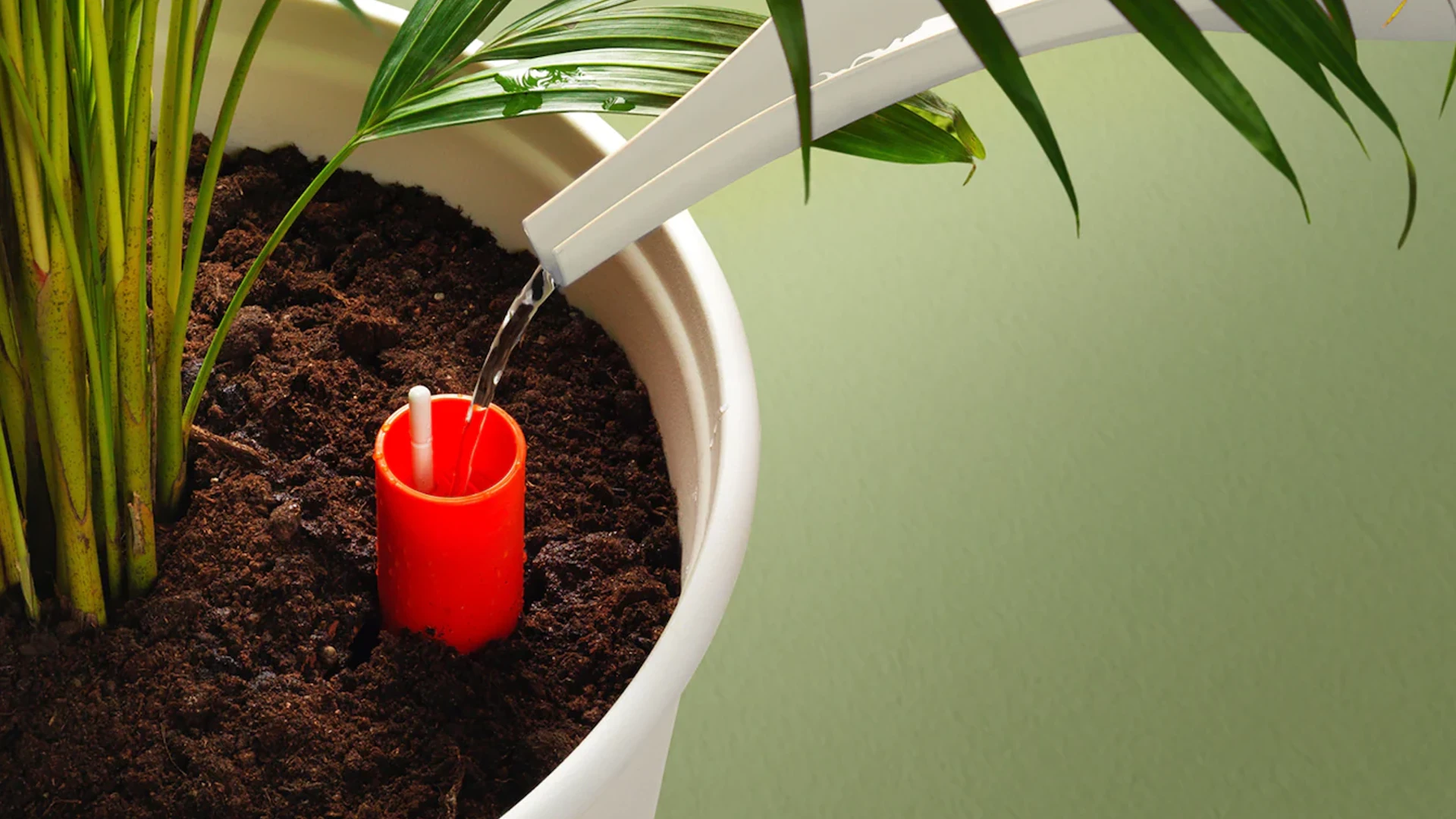You may discover with horror that some of your prized plants are wilting in their containers as you gaze over your garden. Many urban gardeners find it challenging to keep up with family, work, and their gardens. Self-watering flowerpots reduce gardening chores and keep plants healthy, especially during hot, dry summers in the West and Southwest. Potting soils are available at garden centers, but you may prefer to mix your own special self-watering soil.
Absorbancy
In a self-watering pot, the soil mix should absorb enough water to nourish the roots. While a very dry, rocky or sandy mix may be suitable for desert or drought-resistant plants, plants that require a consistent moisture level may not be able to soak up enough water from the soil. Most self-watering soil mixes contain coconut coir, pine bark, rice hulls, compost, or other organic matter that absorbs the water and slowly releases it to the roots.
Drainage
As important as organic matter is to a self-watering soil, inorganic substances are important in helping excess water drain from the soil. Waterlogged soil can rot roots and kill plants. Many gardeners prefer to add a lightweight material such as perlite or vermiculite to the potting mix instead of gravel for cacti. Air and water can freely move through the organic matter and around the roots of plants when there are spaces in the soil.
pH Level
For acid-loving plants like azaleas and blueberries, adjusting the pH of the soil is essential. The pH of the soil will be lowered by adding an equal amount of peat moss or sphagnum moss to the potting mix. In the case of acidic soil, adding lime will raise the pH, making it neutral or alkaline. A soil test kit, available at many garden centers, can help you determine the pH level of your soil.
Fertilizer
Much like hydroponic mixes, self-watering soil mixes rely on fertilizers to nourish the plants. When mixing the fertilizer solution, double the amount of water and water the plant weekly. For specific plants, use a liquid fertilizer formulated for them. Organic gardeners may prefer to use diluted fish emulsion or compost tea. Maintain the self-watering pot’s reservoir at the appropriate level by adding additional water as necessary.
